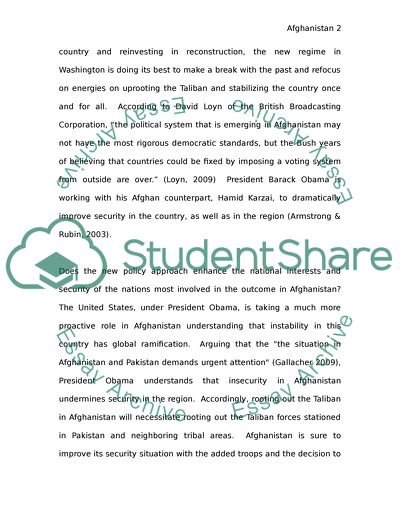Cite this document
(Afghan Strategy Coursework Example | Topics and Well Written Essays - 1750 words, n.d.)
Afghan Strategy Coursework Example | Topics and Well Written Essays - 1750 words. https://studentshare.org/military/1556444-afghan-strategy
Afghan Strategy Coursework Example | Topics and Well Written Essays - 1750 words. https://studentshare.org/military/1556444-afghan-strategy
(Afghan Strategy Coursework Example | Topics and Well Written Essays - 1750 Words)
Afghan Strategy Coursework Example | Topics and Well Written Essays - 1750 Words. https://studentshare.org/military/1556444-afghan-strategy.
Afghan Strategy Coursework Example | Topics and Well Written Essays - 1750 Words. https://studentshare.org/military/1556444-afghan-strategy.
“Afghan Strategy Coursework Example | Topics and Well Written Essays - 1750 Words”. https://studentshare.org/military/1556444-afghan-strategy.


